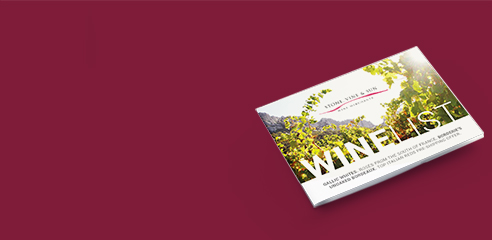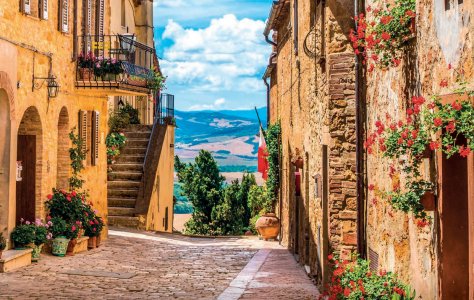Italian Red Wines
The complexity of Italy is remarkable: so many different grapes, most autochthonous (i.e. native to Italy) and many only grown regionally.
The two key quality red grapes are: Sangiovese, grown all over Tuscany and beyond, and best known for Chianti, and reds made at Montepulciano and Montalcino; and Nebbiolo, the top red of Piedmont, best known for the wines of Barolo and Barbaresco.
Beyond that there are splendid red grapes which can thrive in southern Italy’s heat, from Nero d’Avola and Negroamaro to Aglianico and Primitivo; and the lighter reds of Italy’s north, from Dolcetto to the west; and east of Milan Corvina and Rondinella, the grapes for Valpolicella and Amarone.
The success in the 1970s of Cabernet Sauvignon and Merlot grown on the Tuscan coast at Bolgheri persuaded many in Tuscany and further afield to plant these varieties, plus Syrah; but more recently growers seem to be pulling back from producing these so-called "Super Tuscans".
Italian wine production is marked by two strong and mutually supportive initiatives: the Slow Food movement, which started in Italy, and which celebrates small-scale, artisanal cellars; and a widespread adoption of organic cultivation. Several of our growers, including Di Filippo, Il Palagione and Fiorano farm organically.
Filter Wines
Wine Type
Style
Grape Variety
Country
Region
Grower
Dietary Requirement
Organic / Biodynamic
Vintage
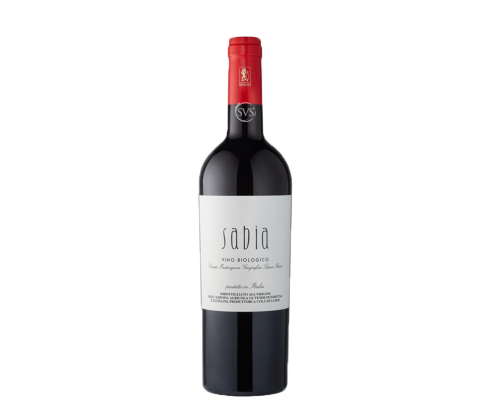
Buy 12
Save £20.34
This is a new wine from this organic estate near the southeast corner of Lake Garda. 80% of...
OriginItaly
ColourRed
ABV13.5%
Bottle75cl
CodeLET722
GrapeCorvina & Merlot
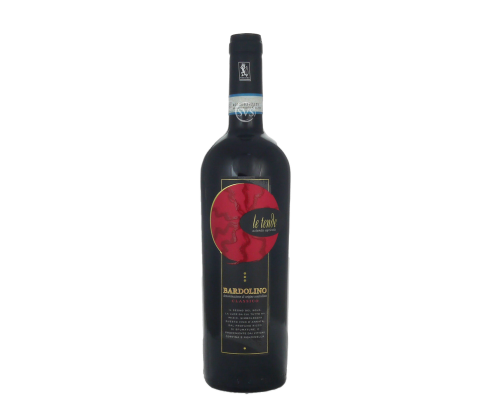

The principal wine here. It’s a very superior Bardolino, for two reasons: a high - 80% -...
OriginItaly
ColourRed
ABV13.5%
Bottle75cl
CodeLET623
GrapeCorvina & Rondinella
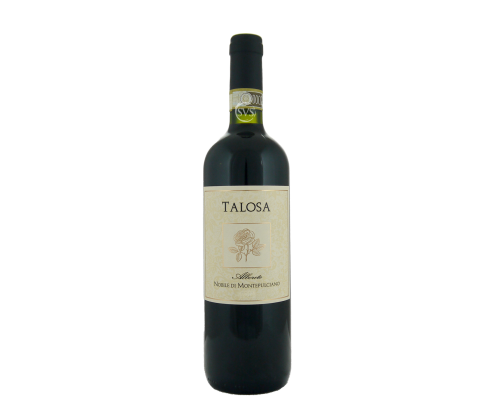
Buy 12
Save £28.74
100% Sangiovese grown on sandstone and clay, given two years in oak; the first in small French...
OriginItaly
RegionTuscany
ColourRed
ABV14.5%
Bottle75cl
CodeTAK220
GrapeSangiovese & Merlot
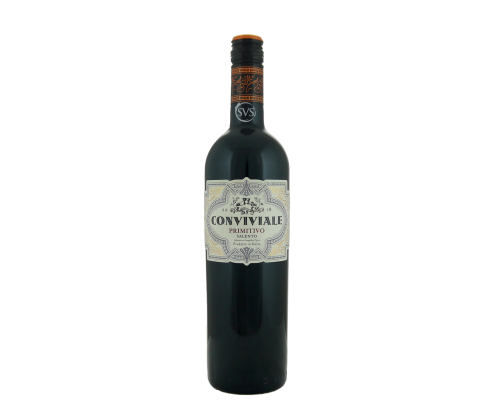
Buy 12
Save £12.60
Conviviale, Primitivo, Salento, 2023
Medium bodied
Gutsy grape of Croatian origin (aka Tribidrag), genetically identical to Zinfandel. Bittersweet...
OriginItaly
RegionPuglia
ColourRed
ABV14%
Bottle75cl
CodeCNV123
GrapePrimitivo
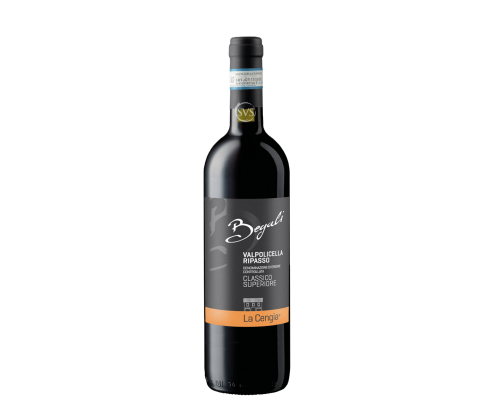
Buy 12
Save £21.00
Begali, Valpolicella Ripasso, La Cengia, 2022
Medium Bodied
2/3 Corvina and 1/3 Rondinella, crafted in the Ripasso style by which the wine is left on the...
OriginItaly
RegionVeneto
ColourRed
ABV14.5%
Bottle75cl
CodeBEF222
GrapeCorvina & Rondinella
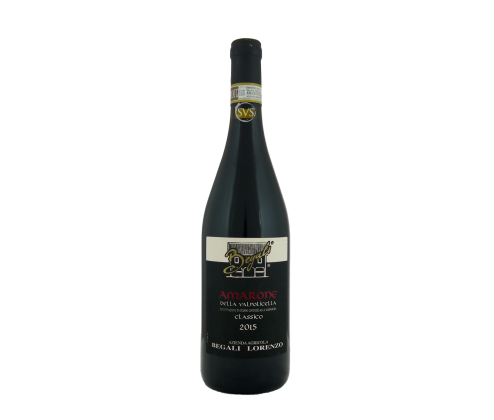
Buy 12
Save £40.20
The Begali family is one of the founding members of Le Famiglie Storiche, the historic families...
OriginItaly
RegionVeneto
ColourRed
ABV16.5%
Bottle75cl
CodeBEF420
GrapeCorvina, Rondinella & Corvinone
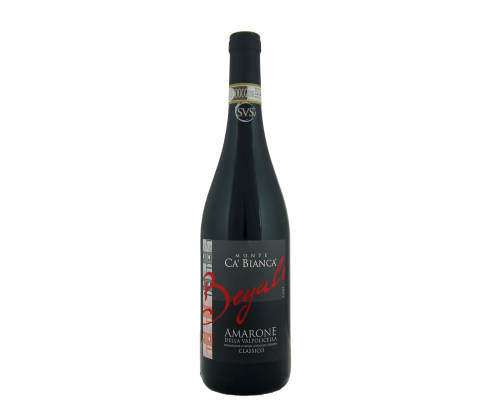
Buy 6
Save £31.77

From a small winery based in San Pietro in Cariano, this riserva is sourced from the Cengia and...
OriginItaly
RegionVeneto
ColourRed
ABV16.5%
Bottle75cl
CodeBEF515
GrapeCorvina, Corvinone & Rondinella
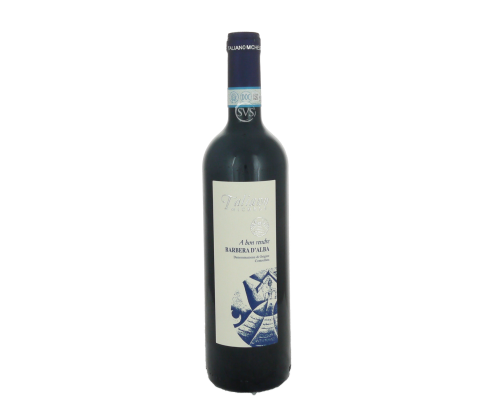
Buy 12
Save £18.60
Taliano, Barbera d'Alba, A Bon Rendre, 2022
Medium Bodied
A bon rendre - it delivers you goodness. About 1/3 of the wine is aged in old vats. Lovely...
OriginItaly
RegionPiedmont
ColourRed
ABV13.5%
Bottle75cl
CodeTAN122
GrapeBarbera
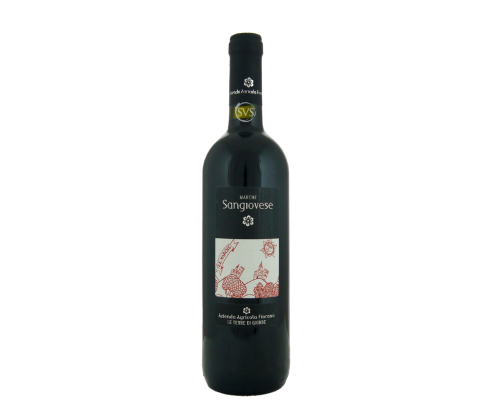
Buy 12
Save £19.14
Fiorano, I Paoli Sangiovese, Marche IGT, 2023
Light to mid Bodied
This is fast becoming one of our best-loved reds: light and fresh, but with plenty of ripe red...
OriginItaly
RegionMarche
ColourRed
ABV13%
Bottle75cl
CodeFIO123
GrapeSangiovese
![Begali, Recioto della Valpolicella, 2021 [50cl.]](https://www.stonevine.co.uk/media/images/uploaded/products/4131/recioto.3100.thumb.png)
Begali, Recioto della Valpolicella, 2021 [50cl.]
Sweet, Rich
Red Recioto della Valpolicella is made after careful late picking of ripe bunches (of Corvina...
OriginItaly
RegionVeneto
ColourRed
ABV13.5%
Bottle50cl
CodeBEF621
GrapeCorvina
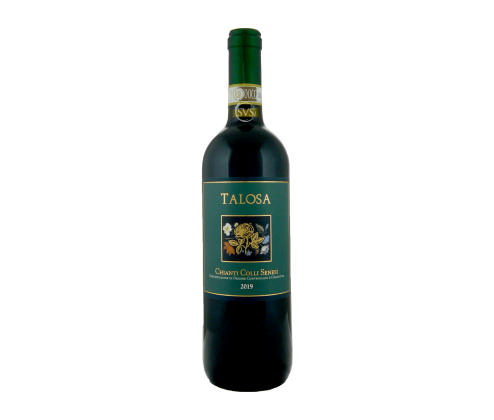
Buy 12
Save £16.74
Talosa, Chianti Colli Senesi, 2022
Medium bodied
Talosa is principally a producer of Vino Nobile di Montepulciano. This comes in part from the...
OriginItaly
RegionTuscany
ColourRed
ABV14%
Bottle75cl
CodeTAK322
GrapeSangiovese
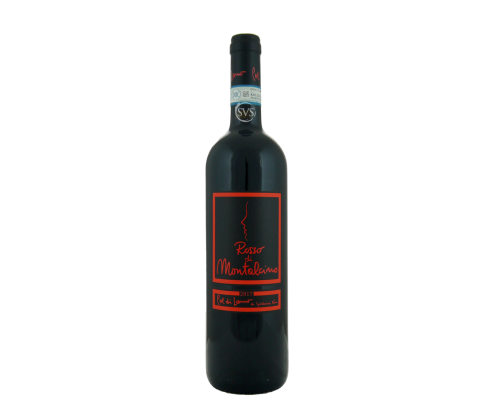
Buy 12
Save £29.94
Col di Lamo, Rosso di Montalcino, 2022
Full Bodied
This wine sells out so quickly in Italy that we have missed the last vintages, but this has...
OriginItaly
RegionTuscany
ColourRed
ABV14%
Bottle75cl
CodeCDL122
GrapeSangiovese


